The Sky High Atacama Large Millimeter Array (ALMA)
High And Dry
Located at over 5,000 m on the high plateau of the Atacama Desert in northern Chile, the Atacama Large Millimeter/submillimeter Array (ALMA) consists of 66 radio telescopes of 12 m and 7 m diameter. At USD $1.4 billion to build, it is the most expensive Earth-based telescope, but the high and dry site is crucial to observing at long wavelengths.

Interesting Facts About ALMA!
- The ALMA is the world's most powerful observatory for studying the Universe at the long-wavelength range of light and was designed to observe the most distant (hence most ancient galaxies) and cold molecular clouds (which are close to absolute zero) which are near invisible in visible light. It’s hoped that protoplanetary zones close to young stars are imaged to identify any planet forming activity to help discover our cosmic origin!
- Instead of being comprised of just one large radio telescope (like in Arecibo or China’s FAST) ALMA uses 66 radio telescope dishes, spread out in a specific pattered. 54 of these dishes are 12 meters in diameter with the remaining being 7 meters to create an effective collecting area greater than the individual dishes.
- Currently, ALMA is the largest radio telescope in the world!
- ALMA’s antennas can be configured in different ways, spacing them at distances from 150 meters to 16 kilometres, giving ALMA a powerful “zoom” variable, which results in images clearer than the images from the Hubble Space Telescope.
- The observatory was chosen to be located in the Atacama Desert at 5,050 meters because it is a location that is known for being high and dry, far above the Earth's moist atmosphere which is known to distort images of distant objects in space.
- Each dish weighs about 100 tons each and was constructed at a lower altitude and transported on a specially designed transporter up over 2000 m to the plateau.
- The ALMA observatory project cost $1.3 billion to construct which has been split amongst the international partnership consisting of the following countries; Europe, United States, Japan, South Korea, Canada, Taiwan and of course the host country Chile.
- In 2014 an image of a protoplanetary disk surrounding the star HL Tauri surprised scientists and dramatically revealed the incredibly precise that the ALMA can resolve its images too.
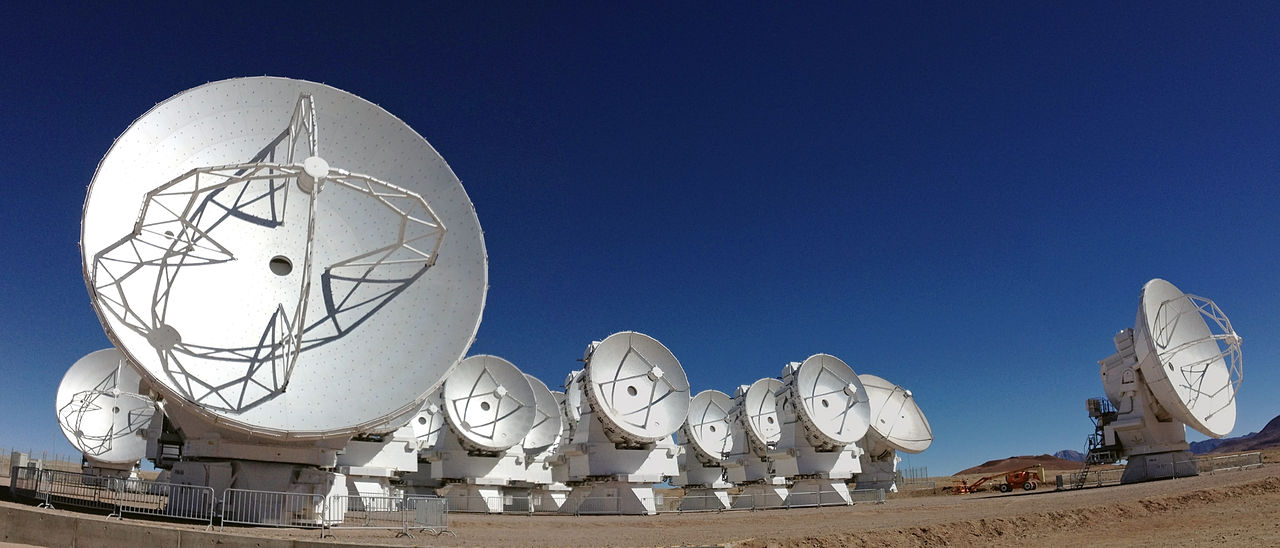
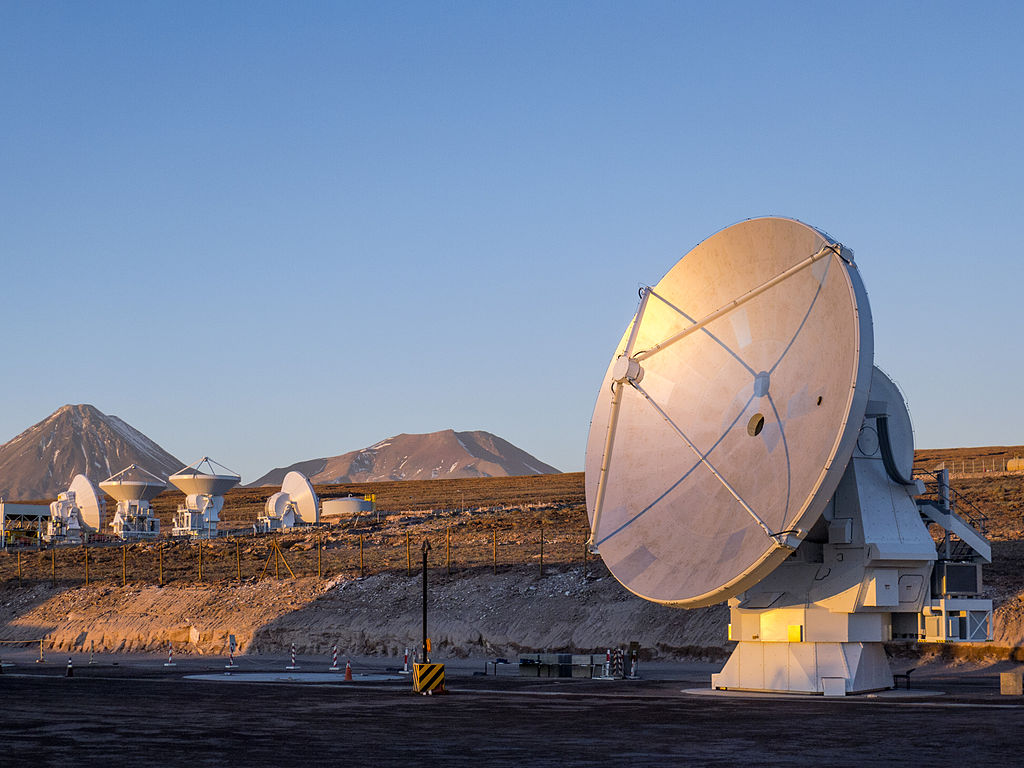
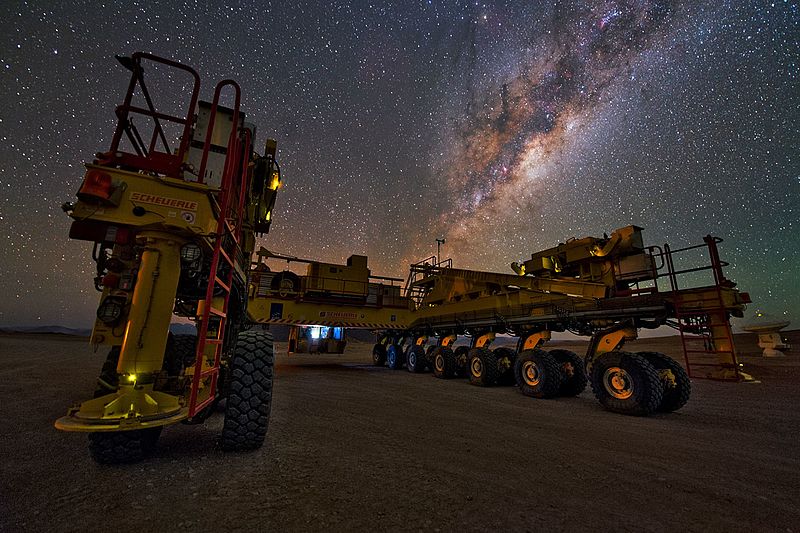
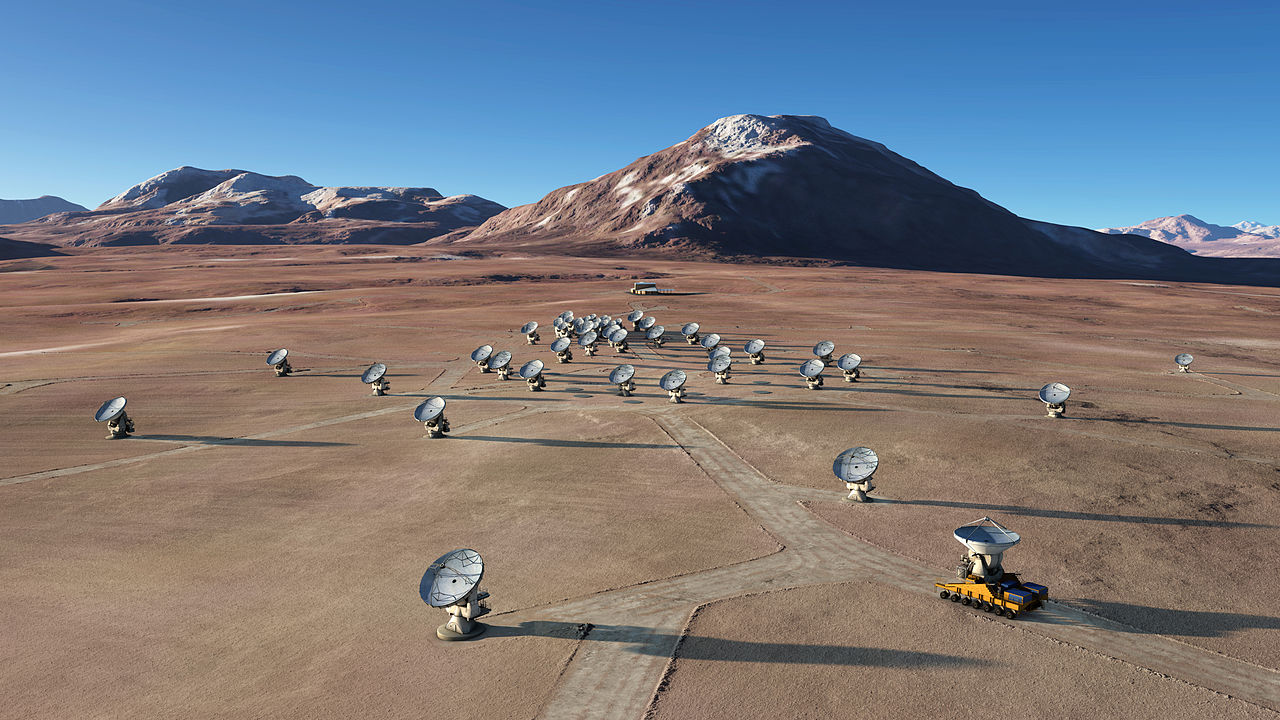

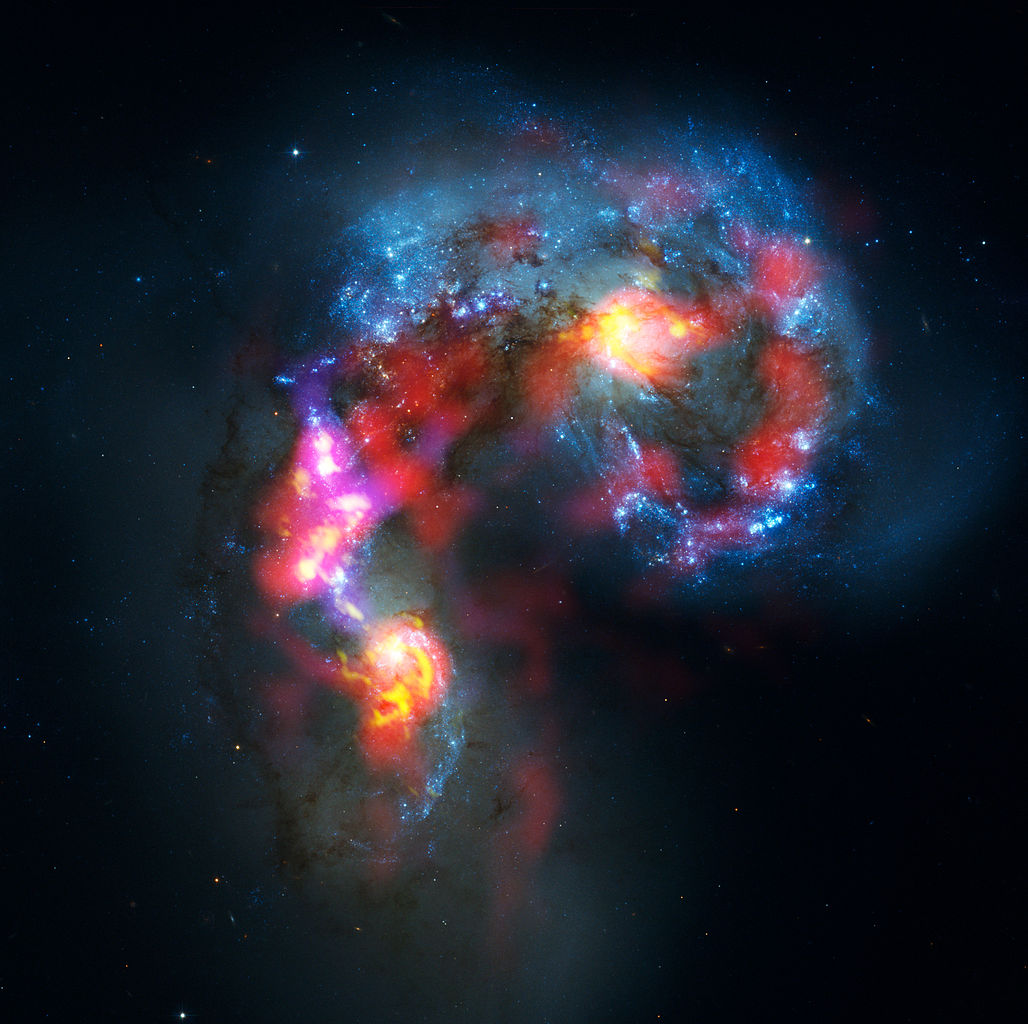
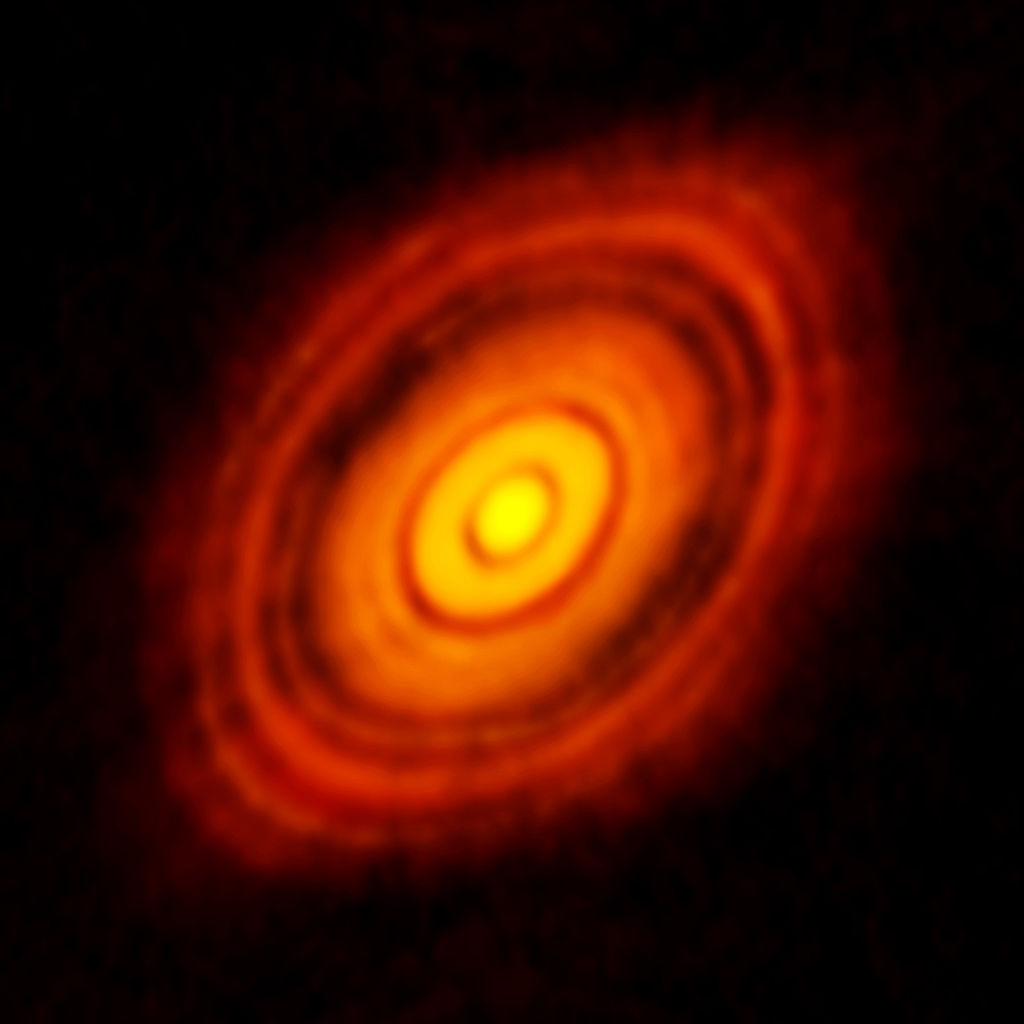
Atacama Compact Array (ACA)
Final ALMA antenna
ALMA Transporter
Final ALMA
ALMA Correlator
ALMA and Hubble
Protoplanetary Disk


